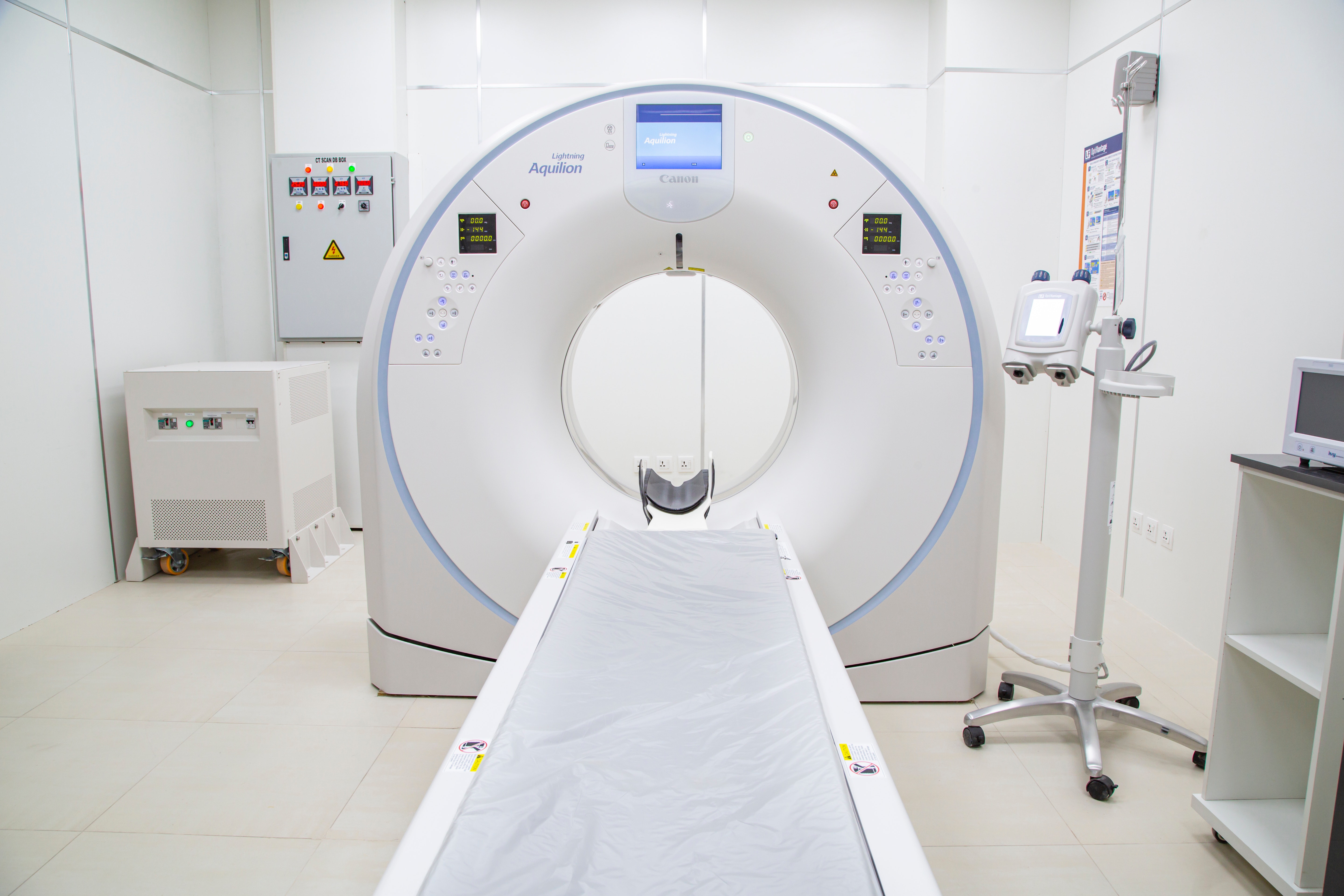Home > Sections > Electromagnetic > Electromagnets & Solenoids
Last Updated: 14th June 2023
ARCHIVED ITEM: this page is no longer updated.
Electromagnets & Solenoids
Keywords
Electromagnet, solenoid, magnetic field, coiled wire, metal core, wire guage, MRI scan, mobile phone, loudspeaker.
Introduction
We know that magnets are used in every day methods - from your computer having small ones, to speakers, and general use for things like fridge magnets. But how about electromagnets? What are they, and what are they used for?
Electromagnets
An electromagnet is the relationship between a magnetic field and the current of electricity. The way it works is when you have electricity running through some sort of conductive wire, there is a circular motion of magnetism that occurs. This is true with all electricity (although you won't be able to stick wires to a fridge using it, at least not with 240V) running through wires.
This magnetic field is strong enough, however, to move the needle on a compass. There are a couple of things to note about the fields:
- the strength of the field is stronger, the close to the wire you get
- if there is enough current running through the wire, the magnetic field increases
Types of Electromagnet
There are a few types of electromagnet. They include:
Solenoid: a solenoid is a wire that is coiled into a spiral shape. Then, when an electric current is sent through it, it creates a magnetic field, similar to that of a bar magnet. The centre of the field on a solenoid is strong, uniform and will pull things closer to it. There is usually a series of coils to make a stronger field.
Electromagnet: where a solenoid is just a coil of wires, an electromagnet is a solenoid with an iron core. It can be as little as a nail, or as large as needed to produce the field. The iron core strengthens the magnetic field immensely.
Uses of Electromagnets
There are many uses for electromagnets. Some are old, some are new. Let's have a look at a few examples.
Electric music equipment: some equipment used by musicians are electromagnetic. Loudspeakers, electric bells, electric recorders all use an electromagnet.
Switch relay: when you turn on a switch for your electricity, it provides the direction for a current. In a relay, this can be changed using a switch. It uses an electromagnet to perform the change in direction of the current.
Transportation: believe it or not, but the way a train moves along the tracks is all down to electromagnetism. It uses the force provided by the magnets to push the train along at a desired speed.
Generators: a generator has a megnet and copper coil that when electricity is passed through, causes the coil to rotate against the magnet and make the generator work better.
MRI scan device: when you need to scan someone for issues in a hospital, you can use an MRI scanner. It uses electromagnetism to give you the picture you need to see things clearly in someone's body.
Lift: you go up and down in a lift often, to not have to worry about using the stairs (especially if you're on the fifth floor of a building). This uses electromagnets to transfer the electricity from one direction to the other.
These are just some of the uses of everyday devices and objects in the modern world. There are more like computers, copy machines, mobile phones, cookers... the list goes on.
Interesting fact: electromagnets were first discovered in the 19th century by Danish physicist and chemist Hans Christian Ørsted.
Take a look at this YouTube video from Cognito about electromagnets:
Factors Affecting Electromagnets
This is pretty simple to explain. There are four main factors that reduce or change an electromagnet. They are:
Number of loops: the amount of loops of the copper coil determines how strong the electromagnet becomes. The more coils, the stronger the effect.
Metal core: no, not the music. if your electromagnet has a metal core, all the better. Sometimes, there isn't enough space for one, but an electromagnet is way better and stronger with one.
Battery current: depending on the power in the battery (1.5V, 9V, etc) depends on the strength of the electromagnet.
Wire size: the size of the wire enables the current to increase or decrease. The bigger the guage of wire, the more current can pass through, and less resistance made.
End Note
We have learnt that electromagnets are used in everyday items such as mobile phones, MRI scanning devices and computers. We have also learnt that there are factors that affect the use or strength of electromagnets, like having a metal core, the amount of coils and the amount of current sent through.




 Magnets
Magnets Hans Christian Ørsted
Hans Christian Ørsted

